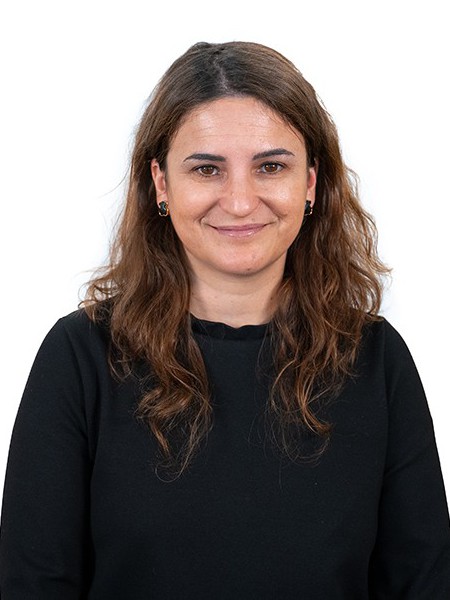abstract
This work addresses the solar-driven thermochemical production of CO and O-2 from two-step CO2-splitting cycles, using both ceria granules prepared from cork templates (CG) and ceria foams from polyurethane templates (CF). These materials were cycled in a high-temperature indirectly-irradiated solar tubular reactor using a temperature-swing process. Samples were typically reduced at 1400 degrees C using concentrated solar power as a heating source and subsequently oxidised with CO2 between 1000-1200 degrees C. On average, CO production yields for CG were two times higher than for CF, indicating that the morphology of this three-dimensionally ordered macroporous (3-DOM) CeO2 improves the reaction kinetics. Their performance stability was demonstrated by conducting 11 cycles under solar irradiation conditions. Slightly increasing the reduction temperature strongly enhanced the reduction extent, and thus the CO production yield (reaching about 0.2 mmol g(-1) after reduction at 1450 degrees C in inert gas), while decreasing the oxidation temperature mainly improved the CO production rate (up to 1.43 mu mol s(-1) g(-1) at 1000 degrees C). Characterisation of the 3-DOM structure, by means of XRD and SEM, provided insights into the reactivity behaviour of the developed materials. The pre-sintered ceria granules retained their structure after cycling. The fact that the mean cell size of CG is smaller (at least one order of magnitude) than that of CF suggests that its exposed surfaces enhanced reaction rates by a factor of two. Moreover, the maximum fuel production rate of CG was roughly three times greater than that reported previously for a ceria reticulated porous foam with dual-scale porosity.
keywords
HYDROGEN-PRODUCTION; PHASE-RELATIONS; SURFACE-AREA; POROUS CERIA; H2O; CEO2; EFFICIENCY; FUELS; GENERATION; TRANSPORT
subject category
Chemistry; Engineering
authors
Oliveira, FAC; Barreiros, MA; Abanades, S; Caetano, APF; Novais, RM; Pullar, RC
our authors
acknowledgements
The authors would like to acknowledge the EU through the seventh framework program for the financial support of this work under the STAGE-STE project with contract number 609837 and the SFERA II project (Grant Agreement number 312643). National funding provided by FCT, in the frame of the H2CORK project, grant no. PTDC/CTM-ENE/6762/2014 as well as POCI-01-0145-FEDER-016862 is also gratefully acknowledged. Thanks are also due to Amorim Cork Composites, S.A. and Flexipol - Espumas Sinteticas S.A. for donating the cork samples and the PU foams, respectively. One of us, RMN, is supported by a post-doc research fellowship in the frame of the H2CORK project. RCP wishes to thank FCT grant IF/00681/2015 for supporting this work. This work was developed within the scope of the project CICECO-Aveiro Institute of Materials, POCI-01-0145-FEDER-007679 (FCT Ref. UID/CTM /50011/2013), financed by national funds through the FCT/MEC and co-financed by the EU with FEDER funds under the PT2020 Partnership Agreement.




